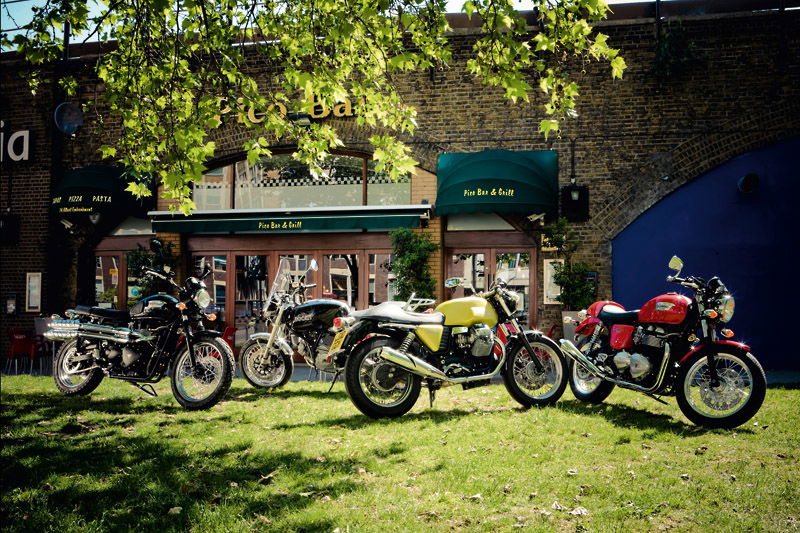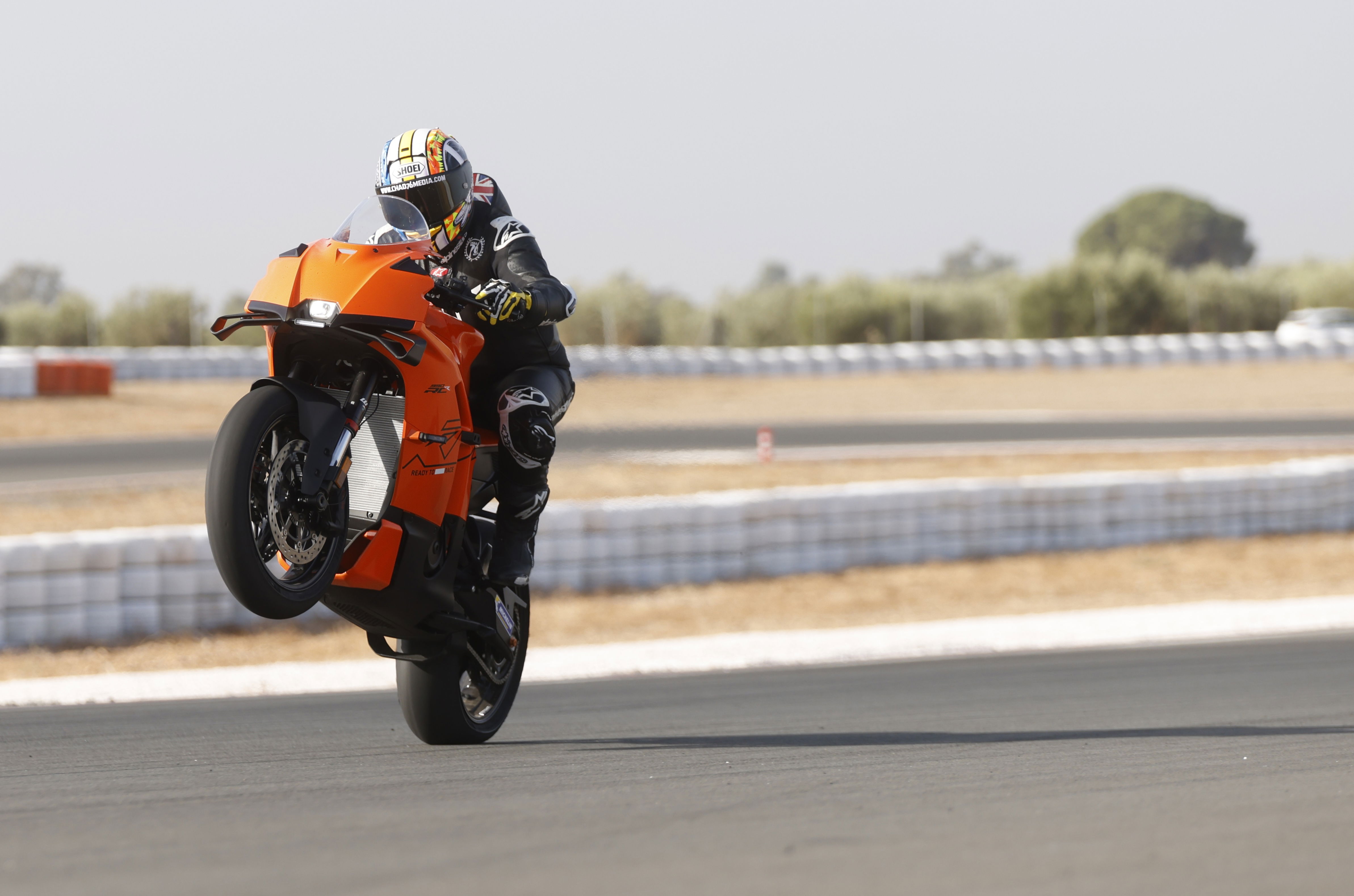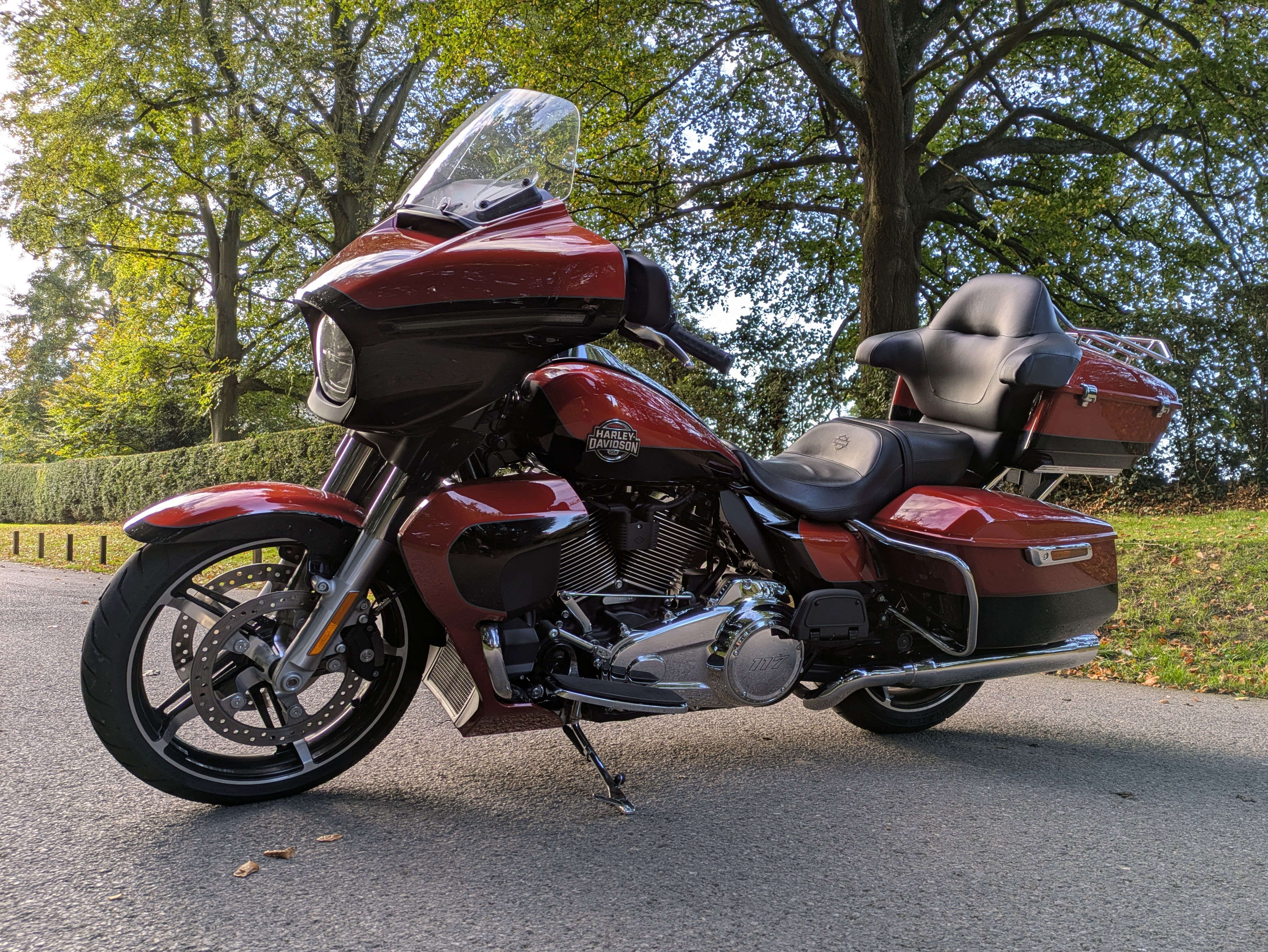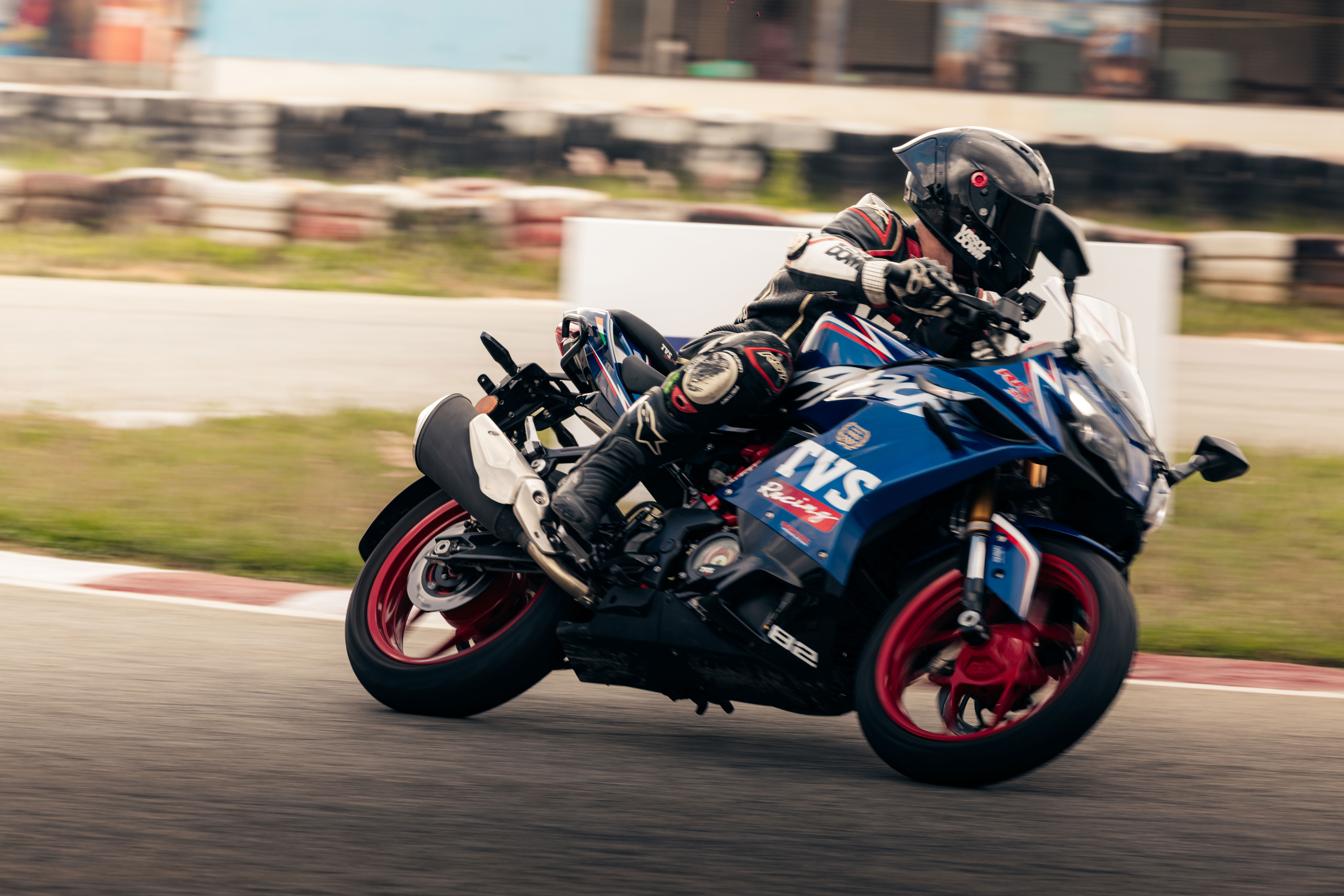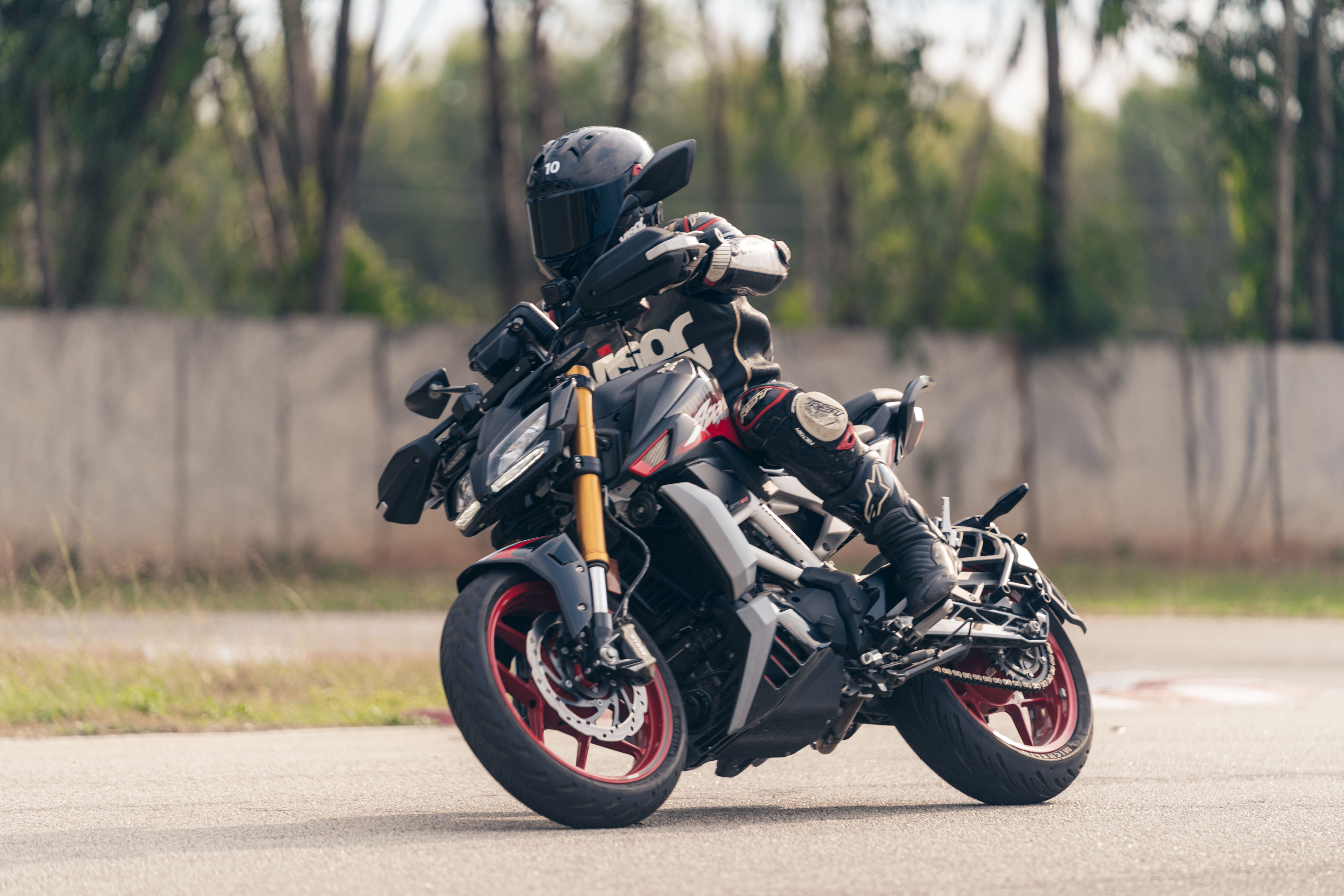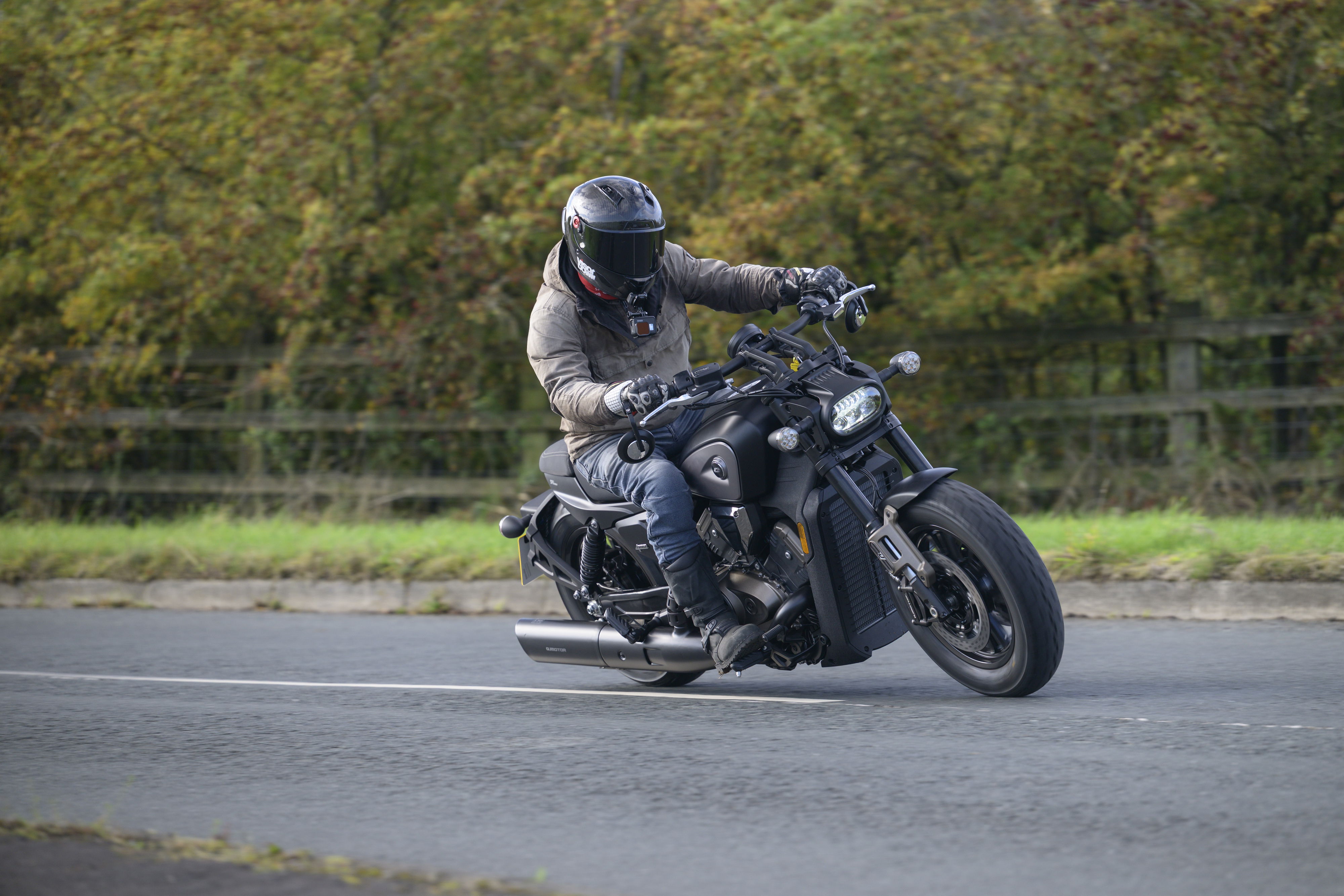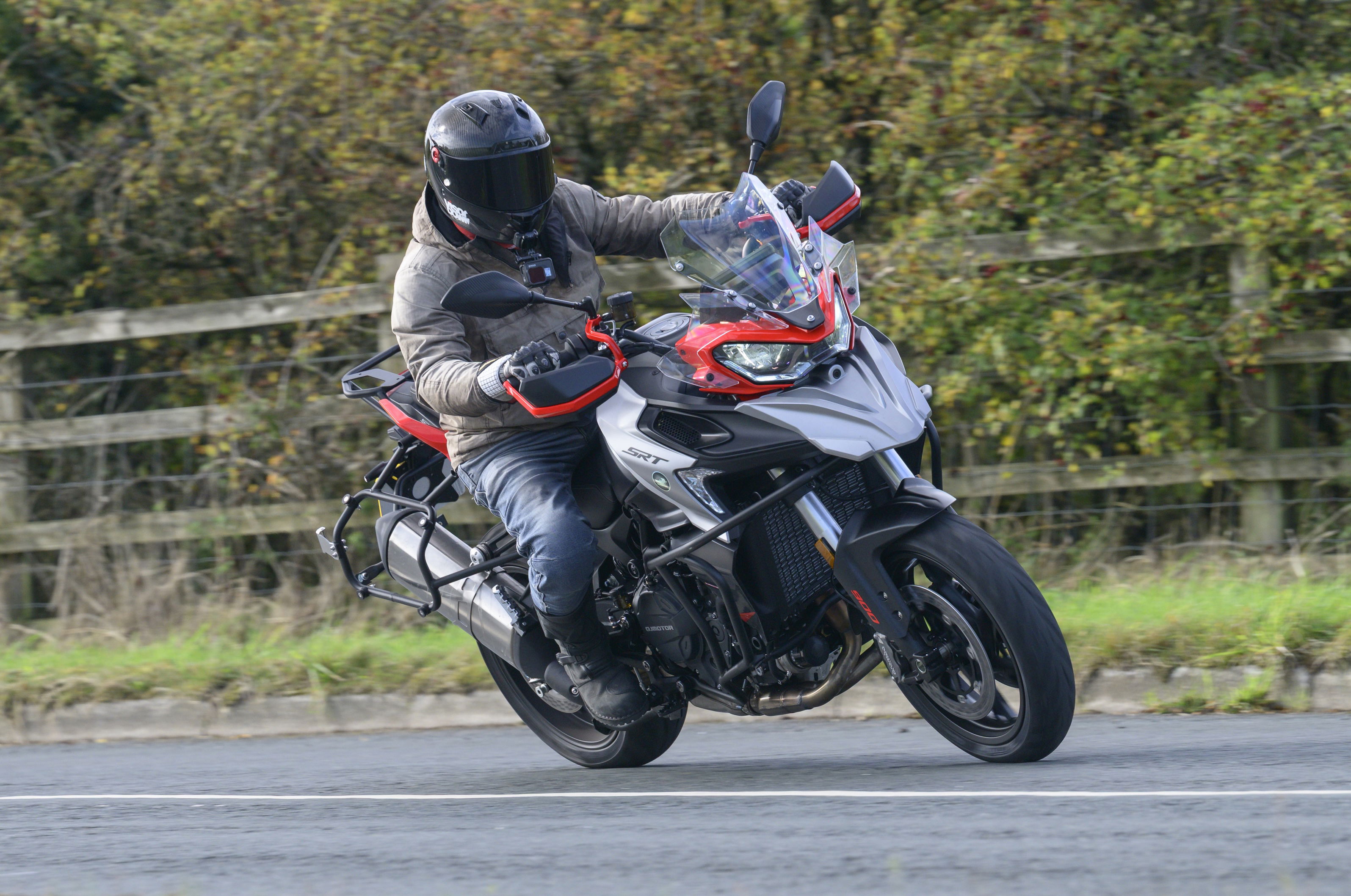Class of '89 - Adventure heroes
Rally replicas of the desert kings, the Honda Africa Twin in a used battle with the Yamaha Super Ténéré

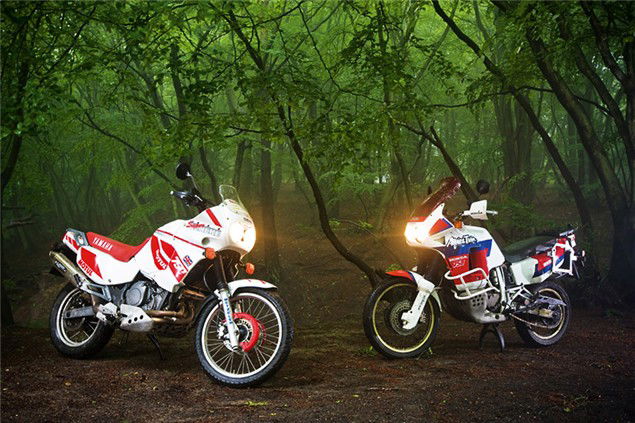
For some time prior to 1989, BMW had been trying to convince us that an alternative new world of travel adventure awaited the emboldened motorcyclist, and not without success. But it was the Japanese that caught our eye and opened up this market to the masses, creating instant Euro hits with their rally replicas, and a modish convention that would provide a long-term shot in the arm for the global motorcycle industry.
With a well-deserved smirk, it is ironically and deservedly the Germans who not only dominate the adventure market, but whose letters G and S are so utterly synonymous with it. They persisted with their awkward, yet charming, desert crossing contraptions, beating the world into submission with endlessly heavier and more intimidating Tonka toys until we eventually gave in and saw the light. This was of course combined with the PR masterstroke of the century, enabling BMW to sit back on top of the sales charts and count the cash accrued from patronizing two charming yet hopeless luvvies on their very first Adventure adventure.
That is now, but two decades earlier the Japanese had only just managed to flick the switch with their designer twins – a whole decade after Yamaha had romped off with the maiden Paris – Dakar trophy, the very event that unwittingly inspired the replicas, the fashion (or should I say uniform), the tourism and the biking way of life that so many of us subscribe to today. It wasn’t until early 1990 that both models were easily available, but the gloves were off in ’89. As far as the motorcycling hoi polloi are concerned, the true dominance of the Dakar remains largely unknown. Most bikey folk if prodded, would claim that KTM or BMW have the fattest trophy cabinet, but in fact Yamaha surprisingly have bragging rights with 9 victories out of 29, versus (in fourth place) Honda’s five. Also interesting is the fact that Honda dominated the event in the late ‘80’s and therefore produced a true race replica with their Africa Twin, while Yamaha didn’t start collecting two cylinder victories until after their replica had been prowling the streets of Europe for a couple of years.
As is often the case, the Brits were a little slow to catch on to a scene that was already in full swing across the water, with a steady flow of Dakar wannabees gliding through the streets of Paris and Milan. That was then, but we now are a nation fully immersed in the Adventure Sport dream with a home market showing its greatest, and almost only, growth in that same segment.
So the scene is set for a showdown between two extremely significant trailblazers of yesteryear. The Twinkie remains a much-loved troubadour, with the Super 10 long gone but not forgotten. Honda’s XRV750 hit the streets a year before the Yam back in ’88 but stayed in production with little more than a regular change of stickers for an impressive 15 years. Disappointingly, the Yamaha just about managed a feeble six in comparison despite its slightly more technical and aggressive prowess. It still seems odd that neither manufacturer chose to develop what were accomplished machines that could easily have had improved power and chassis’. Yet much to our dismay, we were fobbed off with the TDM and Varadero as more street focused replacements when all we needed was an extra third in all departments. Getting it the wrong way round led to the long way down in many respects as sales were duly lapped up by the more focused and committed BMW, and the latterly flamboyant KTM.
Perhaps it’s relevant to point out, as I’m reminded having just clambered aboard, that maybe we were seduced by the Adventure image but panicked at the final hurdle - the realities of a 86cm (87cm on the Yam) seat height. These boys were certainly attractive to many but must have eliminated several potential customers who dithered and froze at the prospect of embarrassing low-level off-road incidents.
